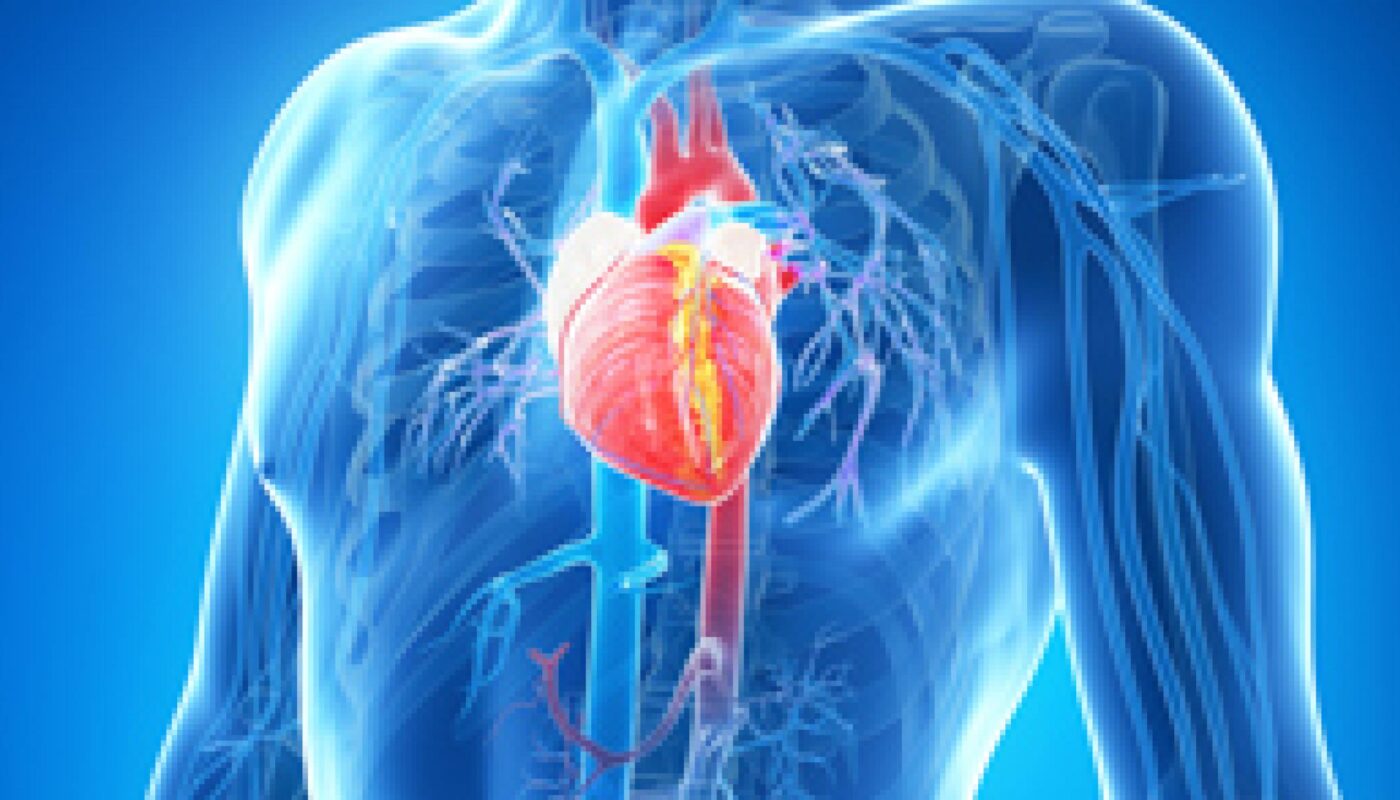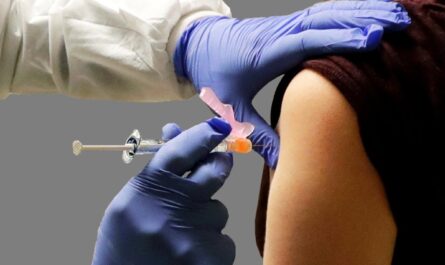In the realm of cardiovascular physiology, cardiac autonomic control stands as a crucial mechanism for maintaining heart rate, rhythm, and contractility. This control is intricately regulated by the sympathetic and parasympathetic divisions of the autonomic nervous system, which work in concert to achieve a delicate balance between activation and inhibition. This article delves into the dynamic interplay between sympathetic and parasympathetic activity in cardiac autonomic control, highlighting the mechanisms involved and the implications for cardiovascular health.
The sympathetic nervous system, often associated with the “fight or flight” response, exerts excitatory effects on the heart by releasing neurotransmitters such as norepinephrine. Sympathetic activation increases heart rate, enhances cardiac contractility, and constricts blood vessels, thereby increasing cardiac output and blood pressure to prepare the body for physical exertion or stress. In contrast, the parasympathetic nervous system, also known as the “rest and digest” response, exerts inhibitory effects on the heart through the release of acetylcholine. Parasympathetic activation decreases heart rate, reduces cardiac contractility, and dilates blood vessels, promoting relaxation and conserving energy during periods of rest or relaxation.
The Cardiac Autonomic Control between sympathetic and parasympathetic activity is crucial for maintaining cardiovascular homeostasis and adapting to physiological and environmental changes. This balance is achieved through intricate neural circuits, reflex pathways, and feedback mechanisms that modulate autonomic output in response to internal and external stimuli. Neural regulation involves direct innervation of the heart by sympathetic and parasympathetic nerves, which release neurotransmitters to modulate cardiac activity. Reflex pathways, such as the baroreceptor reflex and the chemoreceptor reflex, sense changes in blood pressure, oxygen levels, and pH and initiate appropriate autonomic responses to maintain homeostasis.
Moreover, the balance between sympathetic and parasympathetic activity can be influenced by various factors, including stress, exercise, emotions, and pharmacological agents. Prolonged sympathetic activation, such as that seen in chronic stress or anxiety, can lead to dysregulation of autonomic control and contribute to the development of cardiovascular disorders such as hypertension and arrhythmias. Conversely, interventions that promote parasympathetic activity, such as meditation, deep breathing exercises, and certain medications, may help restore autonomic balance and improve cardiovascular health.
*Note:
1. Source: Coherent Market Insights, Public sources, Desk research
2. We have leveraged AI tools to mine information and compile it


